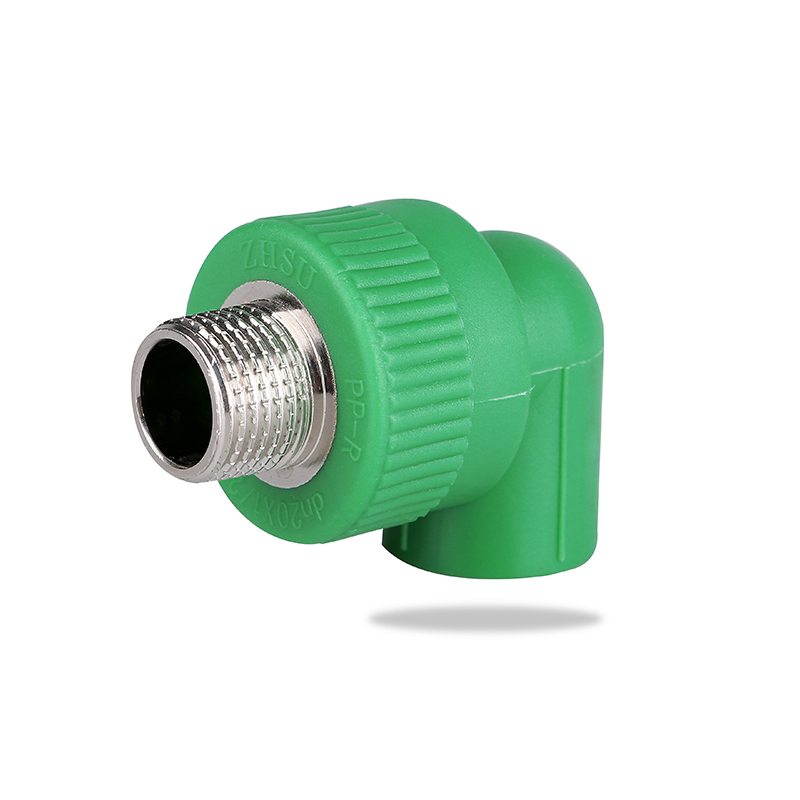To dispose of or recycle PPR elbows in the most environmentally friendly way, consider the following approaches, ranked from most to least sustainable:
Mechanical Recycling:Process: PPR elbows are collected, sorted, cleaned, shredded, and melted to produce new PPR products.Advantages: Maintains the material's properties, reduces the need for virgin plastic, and has a low environmental footprint.Best Practice: Ensure proper sorting to avoid contamination with other materials, maximizing the efficiency of the recycling process.
Chemical Recycling:Process: Uses methods like pyrolysis or depolymerization to break down PPR polymers into monomers or other chemicals, which can then be reused.Advantages: Suitable for handling mixed or contaminated plastic waste; reduces reliance on raw materials.Challenges: More energy-intensive and requires advanced technology, but still preferable to disposal or landfilling.
Repurposing or Reusing:Process: PPR elbows are repurposed for alternative uses, such as in non-critical plumbing applications, irrigation systems, or creative DIY projects.Advantages: Extends the product’s useful life without additional energy consumption or waste generation.Best Practice: Promote upcycling in industries and communities to reduce demand for new materials.
Energy Recovery (Waste-to-Energy):Process: Incinerate PPR elbows in facilities that capture the energy released during combustion to generate heat or electricity.Advantages: Reduces waste volume and recovers some energy value from the material.Disadvantages: High environmental impact due to CO₂ emissions and potential release of other pollutants. Less favorable than recycling or reuse.

Landfilling (Last Resort):Process: Dispose of PPR elbows in landfills where they do not biodegrade.Impact: Extremely high environmental impact due to long-term pollution risks and loss of potentially recyclable material.Considerations: Only opt for landfilling when no other options are feasible.
Overall Recommendations:Prioritize Mechanical Recycling: It offers the best balance of environmental benefits and efficiency. Check for local facilities that accept PPR materials.Explore Chemical Recycling: For contaminated or mixed plastic types where mechanical recycling is not viable.Encourage Repurposing and Reuse: Engage in initiatives that promote reusing PPR elbows in non-critical applications.Consider Energy Recovery as a Backup: When recycling options are exhausted, and no further use is possible.Avoid Landfilling: As much as possible, due to its detrimental environmental effects.
By focusing on these sustainable practices, we can minimize the environmental impact associated with the end-of-life management of PPR elbows, conserve resources, and support a circular economy.

 简体中文
简体中文 English
English русский
русский Español
Español Français
Français عربى
عربى Português
Português 日本語
日本語 italiano
italiano Nederlands
Nederlands Polskie
Polskie












